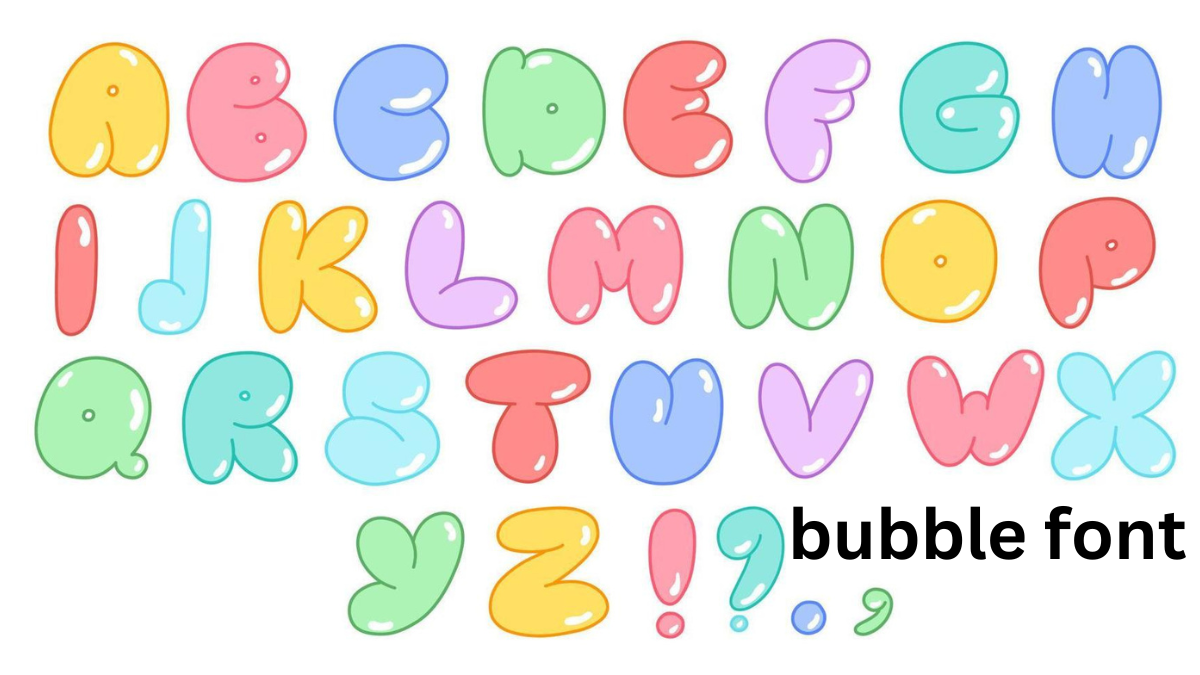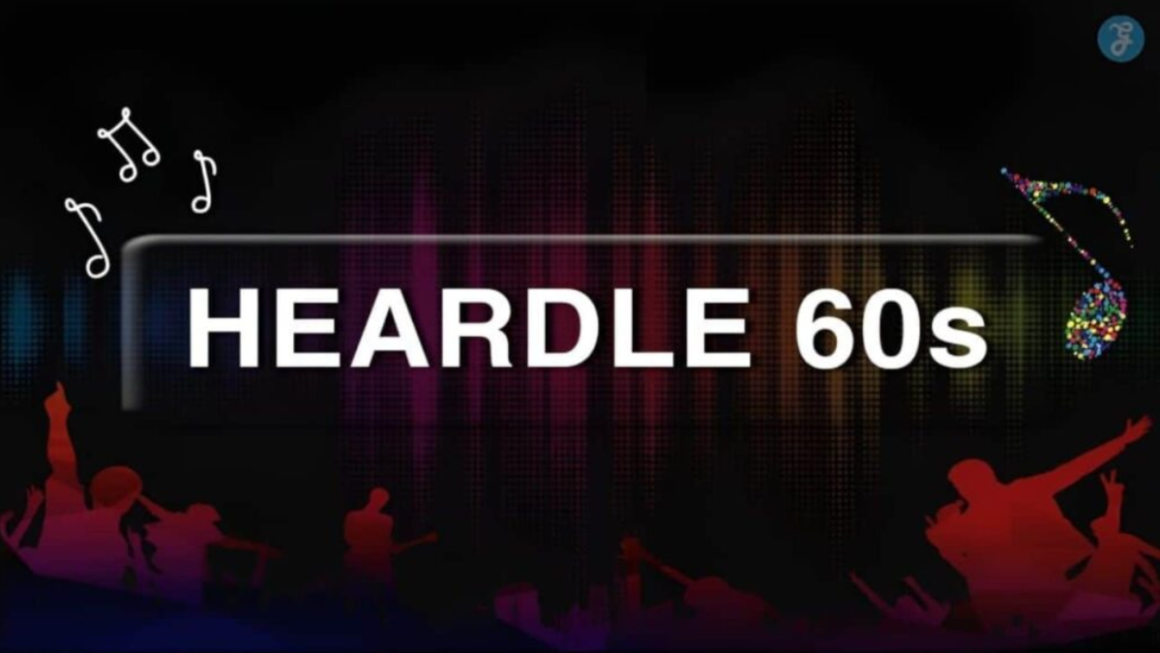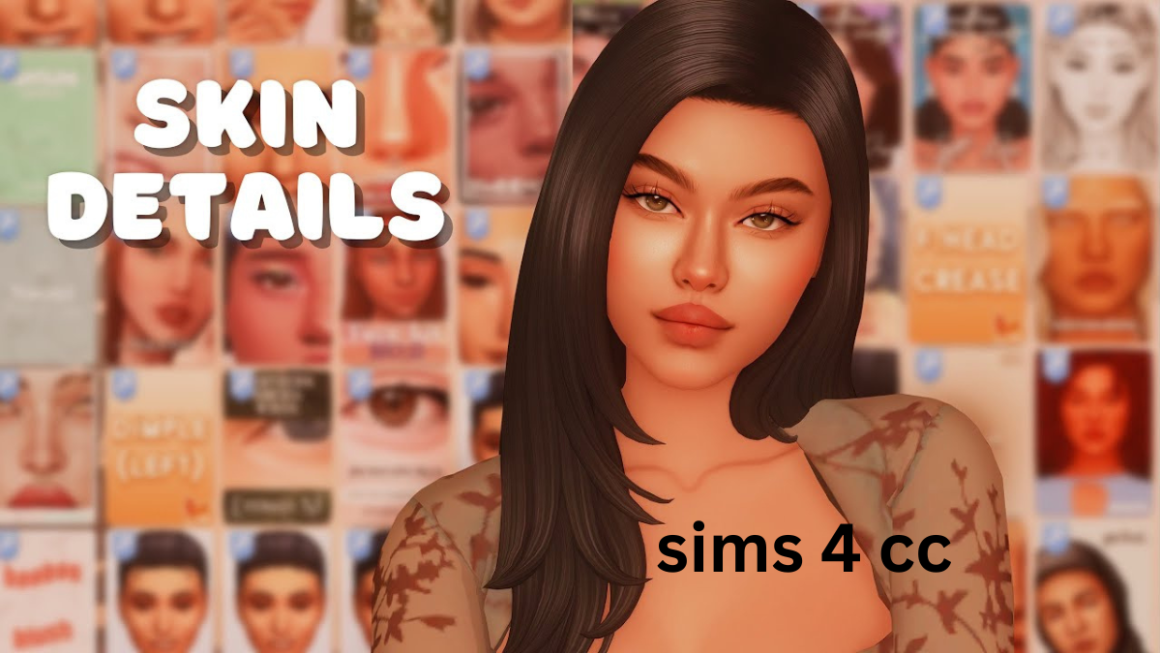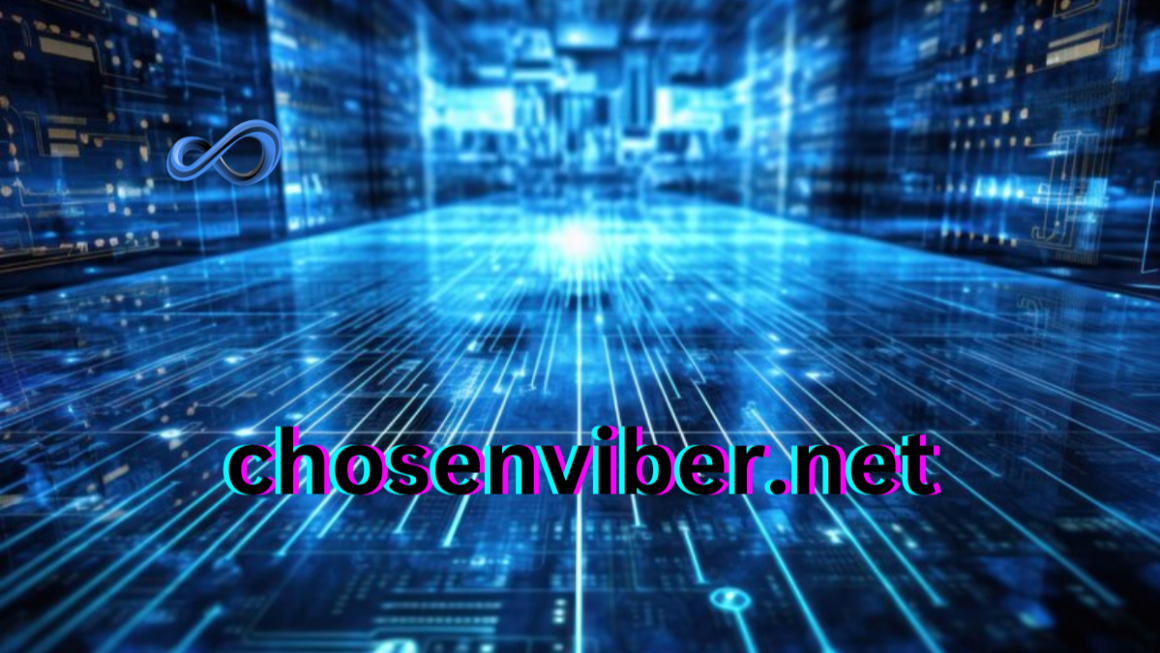Introduction to Bubble Font
In the vast realm of typography, few styles stand out as vividly and playfully as bubble font. Characterized by its soft, rounded letters and often colorful design, bubble font has carved a unique niche in graphic design, advertising, and even social media. This whimsical typeface not only attracts attention but also evokes a sense of fun and creativity, making it a popular choice for various applications, from children’s books to trendy marketing campaigns.
In this article, we will explore the origins of bubble font, its various applications, and its significance in contemporary design. We’ll also provide insights into how to effectively use bubble font in your projects, the best tools to create your versions, and tips for incorporating this playful typography into your branding. Let’s dive into the bubbly world of font!
The Origins of Bubble Font

Bubble font has its roots in the evolution of typography throughout the 20th century. While rounded letters have existed for centuries, the specific style known as bubble began gaining popularity in the 1960s and 1970s. This era saw a surge in experimental art movements, including pop art, which celebrated bold colors and playful designs. Artists like Roy Lichtenstein and Andy Warhol influenced graphic design and typography, leading to the rise of fonts that mirrored their exuberant styles.
Early Development and Characteristics
The initial development of bubble fonts was heavily influenced by comic book lettering. Comic books featured exaggerated, bold lettering to convey emotions and actions, and the roundness of the letters added a sense of playfulness. The letters were designed to be easily readable while capturing the essence of fun and lightheartedness. As designers began to experiment with digital tools in the late 20th century, bubble fonts evolved further, incorporating modern design techniques and technologies.
Bubble font is characterized by its rounded edges, thick strokes, and often playful embellishments. Unlike traditional serif or sans-serif fonts, bubble convey a sense of friendliness and approachability. They often feature uniform stroke widths, which contribute to their whimsical aesthetic. This playful design allows bubble fonts to stand out in a crowded visual landscape, making them ideal for capturing attention in advertisements and social media posts.
The Role of Bubble Fonts in Pop Culture
As bubble fonts gained traction, they became ingrained in popular culture. From graffiti art to children’s television shows, this typography style has been used to convey a sense of joy and creativity. Iconic brands and products, such as cereal boxes and candy packaging, have adopted fonts to create an inviting atmosphere that resonates with consumers, especially children. This cultural integration has solidified bubble font’s place as a beloved typeface in various creative fields.
Applications of Bubble Font
Bubble font’s playful nature makes it suitable for a wide array of applications. From branding to packaging, its versatility allows designers to experiment with color, shape, and size. Below are some common areas where bubble font shines:
Branding and Logo Design
In branding, the typeface used can significantly impact how consumers perceive a brand. font offers a unique opportunity to convey a brand’s personality, particularly for businesses targeting younger audiences or those seeking a more casual approach. For instance, brands like Fanta and Ben & Jerry’s effectively use bubble fonts in their logos to evoke feelings of fun and enjoyment.
When designing a logo, using bubble font can help create a memorable visual identity. The rounded letters give a friendly, approachable vibe, making customers feel more connected to the brand. Additionally, bubble fonts can be easily customized with different colors and styles, allowing brands to stand out in their respective markets.
Children’s Books and Educational Materials
Another area where bubble font excels is in children’s literature. The playful, rounded letters are perfect for attracting the attention of young readers, making them feel more engaged with the text. Bubble fonts help make reading more accessible by providing a clear and friendly visual that encourages children to explore stories.
In educational materials, bubble fonts can also be beneficial. They can be used in flashcards, workbooks, and other learning tools to create an inviting atmosphere. By incorporating bubble into educational resources, educators can enhance the learning experience, making it more enjoyable and less intimidating for students.
Advertising and Marketing Campaigns
In advertising, the choice of typography plays a crucial role in capturing consumer attention. font can be a powerful tool for marketers looking to create eye-catching campaigns. Whether used in social media graphics, posters, or banners, the playful nature of bubble draws the viewer’s eye and evokes positive emotions.
Marketers often use bubble font in promotional materials for events, parties, or products aimed at children. The typography not only enhances the overall design but also communicates a sense of excitement and fun. By leveraging bubble font in their marketing efforts, brands can create a memorable impression that resonates with their target audience.
Creating Your Bubble Font
If you’re inspired to create your bubble , there are several tools and resources available to help you bring your vision to life. Whether you’re a graphic designer or a hobbyist, creating a unique font can be a fun and rewarding experience.
Tools for Designing Bubble Fonts
Several design tools can help you create your bubble font from scratch. Here are some popular options:
- Adobe Illustrator: This powerful vector graphics software allows you to create custom fonts with precision. You can use the pen tool to draw rounded letters and manipulate shapes to achieve the perfect bubble effect. Illustrator also offers a variety of features for adding colors, gradients, and effects.
- FontForge: This open-source font editor is a great option for those looking to create fonts without a hefty price tag. FontForge allows you to design and modify your fonts, including bubble styles. It also provides tools for exporting your creations in various formats.
- Calligraphr: If you prefer a more straightforward approach, Calligraphr is an online tool that enables you to turn your handwriting into a font. Simply download a template, fill it out with your bubble-style letters, and upload it back to the site. Calligrapher will generate a font file that you can use in your projects.
Tips for Designing Bubble Fonts
When creating your bubble font, consider the following tips to ensure your design is effective and visually appealing:
- Maintain Consistency: Aim for uniform stroke widths and letter sizes throughout your font. Consistency contributes to the overall harmony of your design, making it easier for viewers to read and recognize.
- Experiment with Colors: Bubble lend themselves well to vibrant colors. Don’t hesitate to experiment with different color combinations to create a lively and engaging design. Consider using gradients or shadow effects to add depth and dimension to your letters.
- Test for Readability: While fonts are often playful, readability should always be a priority. Ensure that your letters are legible at various sizes and distances. Test your font in different applications to see how it performs in real-world scenarios.
Using Bubble Fonts in Your Designs
Incorporating bubble font into your designs can enhance their visual appeal and effectiveness. Here are some tips for effectively using bubble font in your projects:
Pairing Bubble Font with Other Typefaces
While bubble font can stand out on its own, it can also be complemented by other typefaces. Pairing bubble fonts with more traditional fonts can create a balanced and visually interesting design. For instance, combining font with a simple sans-serif typeface for body text can help maintain readability while allowing the bubble to shine in headings or callouts.
When pairing fonts, consider contrasting styles. A rounded bubble pairs well with a more angular sans-serif font, creating a dynamic visual contrast. Additionally, experiment with size differences to ensure the bubble font captures attention without overpowering other text elements.
Creating a Fun Atmosphere with Bubble Font
The playful nature of bubble font makes it perfect for creating fun and engaging atmospheres in various designs. Whether you’re designing a poster for a children’s event or creating social media graphics for a fun campaign, bubble font can help convey the right message. Use font strategically to draw attention to key information, such as event dates or product highlights.
Incorporate illustrations or graphics that complement the font. For example, pairing bubble letters with colorful illustrations or playful icons can create a cohesive design that resonates with your target audience.
Utilizing Bubble Font in Digital Media
With the rise of digital media, bubble font has found a home in various online platforms. From social media posts to website designs, this playful typography can enhance user engagement. When designing for digital media, consider the following tips:
- Optimize for Screen: Ensure your bubble is legible on screens of all sizes. Test how it appears on different devices and adjust the size and spacing accordingly.
- Incorporate Motion: If you’re creating animations or videos, consider using font in your motion graphics. The playful nature of bubble can add an element of fun to your videos, making them more engaging for viewers.
- Create Shareable Content: When designing for social media, aim to create shareable content that resonates with your audience. Bubble can help convey a sense of excitement and encourage sharing among followers.
The Future of Bubble Fonts in Design
As design trends continue to evolve, font remains a relevant and beloved style in the creative world. With its playful aesthetic and versatility, it is likely to continue making waves in various applications. Here are some predictions for the future of font in design:
Increased Customization and Personalization
In a world where personalization is becoming increasingly important, bubble font is likely to see more customization options. Designers may create unique variations of bubble that reflect individual brands or personal styles. This could include customized colors, shapes, and even animated elements that bring bubble font to life in new ways.
Expanding Beyond Traditional Applications
While bubble is often associated with children’s products and casual branding, its applications may expand into more formal designs. As designers continue to experiment with typography, we may see fonts used in unexpected contexts, such as high-end branding or contemporary art installations. This versatility could open new avenues for creativity and innovation.
Embracing Digital and Interactive Design
With the rise of digital and interactive design, bubble is poised to play a significant role in this space. Designers may leverage the playful nature of bubble in interactive applications, such as websites, mobile apps, and games. This could lead to innovative ways of engaging users and creating memorable experiences through typography.
Conclusion
Bubble is more than just a whimsical typeface; it represents a unique blend of creativity, playfulness, and accessibility in design. From its origins in pop culture to its modern-day applications, font continues to captivate audiences and inspire designers worldwide. Its versatility allows for endless possibilities, whether in branding, marketing, children’s literature, or digital media.
As we look to the future, bubble will likely continue to evolve, adapting to new design trends and technologies. By embracing its playful nature and experimenting with innovative applications, designers can create engaging and memorable experiences for their audiences. So, whether you’re a seasoned graphic designer or a curious beginner, don’t shy away from incorporating font into your work. Embrace the fun, and let your creativity bubble to the surface!



